Your home may be your sanctuary, but for some unwelcome visitors like snakes and venomous spiders, it can also be a perfect hiding place. From your yard to the food you bring inside, these creatures can find their way into surprising spots. Here are 14 locations where they’re most likely to hide, including food-related risks, and tips to keep yourself safe.
1. Woodpiles
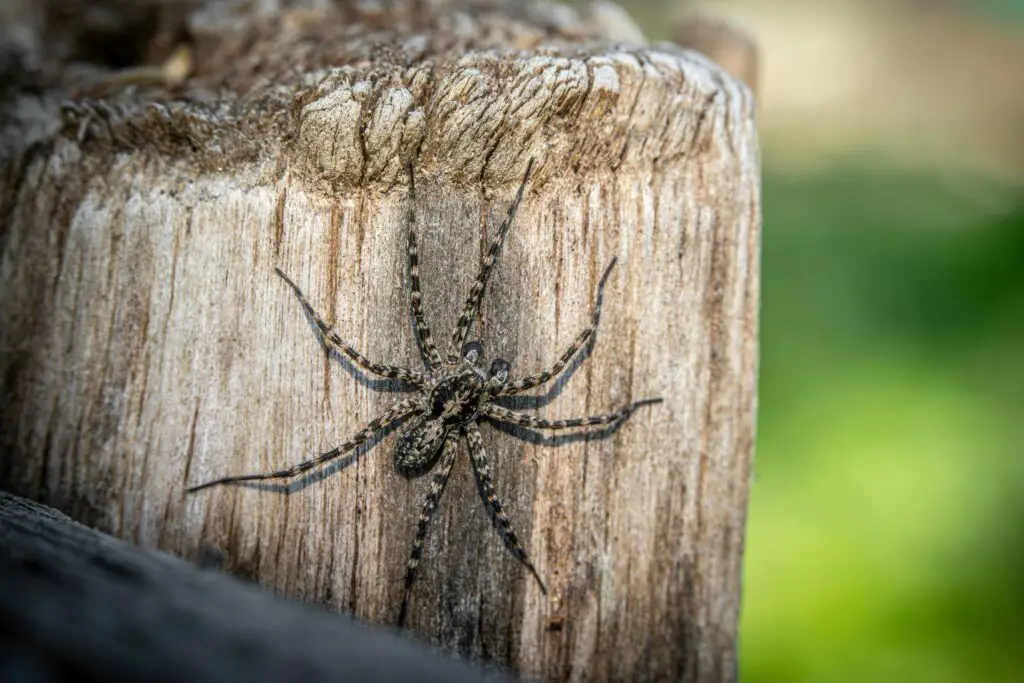
Woodpiles offer cool, dark shelter for snakes and spiders, particularly Black Widows. Snakes might hide between logs to escape predators, while spiders spin webs in the crevices. Always use gloves and tools to handle wood.
2. Tall Grass or Overgrown Lawns
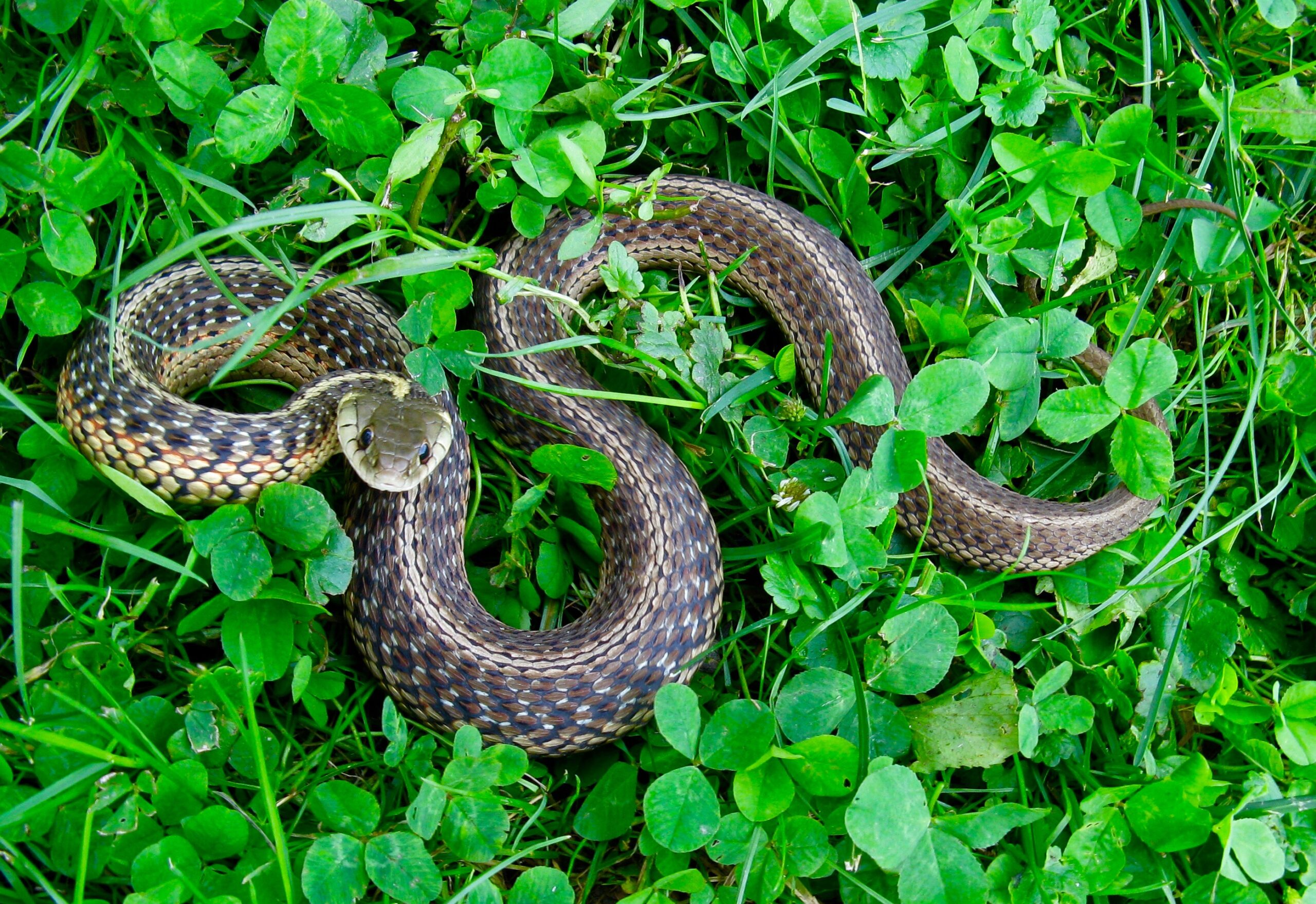
Overgrown vegetation near your home is a magnet for snakes and spiders like Brown Recluses. These areas provide cover for snakes hunting rodents and spiders waiting for insects. Keeping your yard trimmed minimizes the risk.
3. Under Sheds or Decks
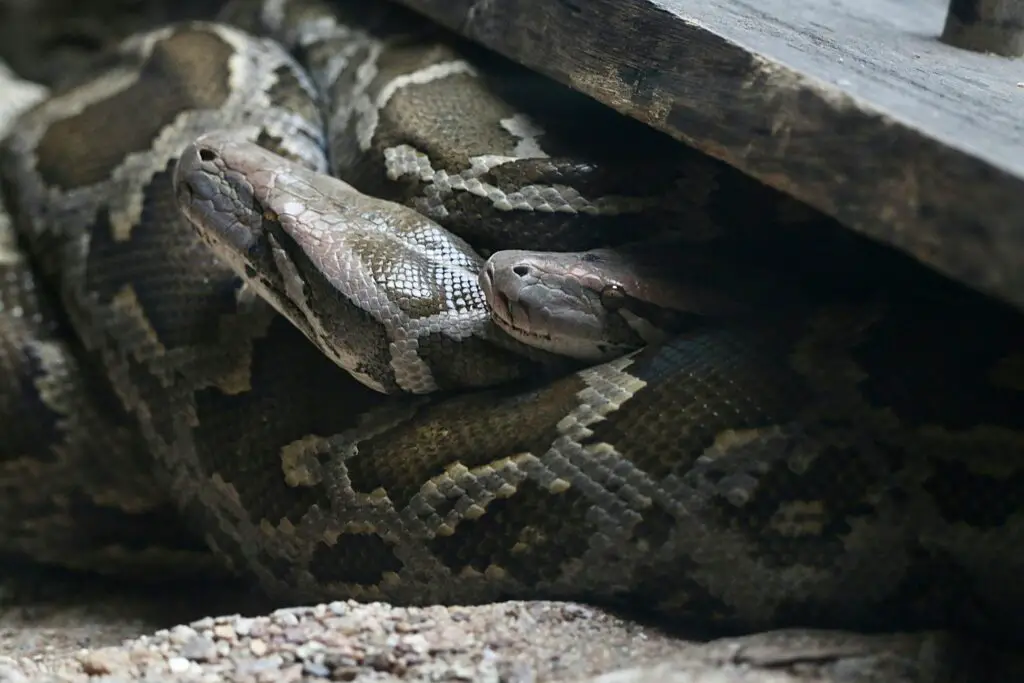
The shaded areas beneath sheds or decks are prime hiding spots for snakes and spiders. Black Widows and Recluse Spiders often spin webs in these undisturbed places, while Rattlesnakes may rest there during the day.
4. Rock Gardens or Stone Walls
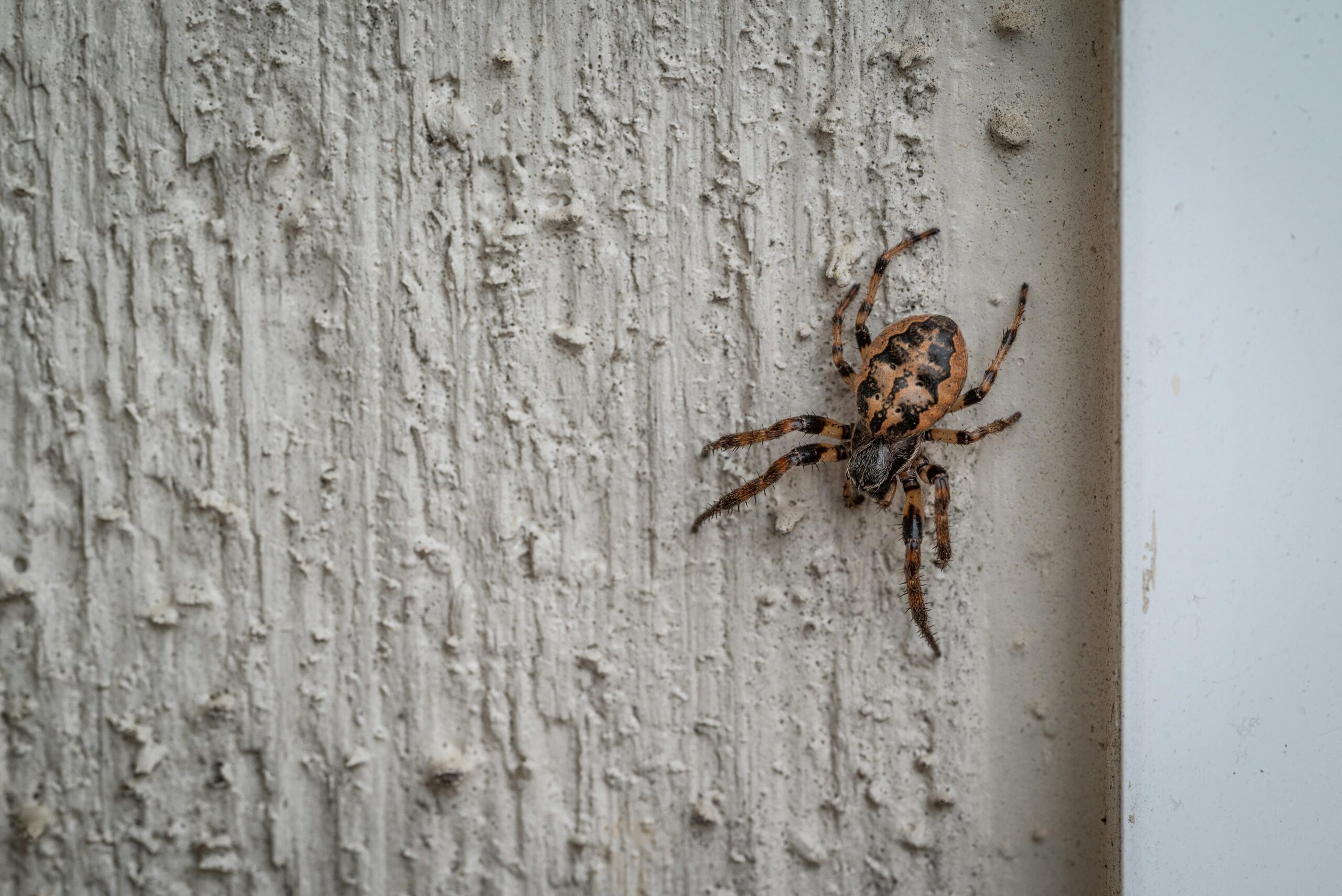
Snakes love the cool, hidden crevices of decorative rocks or stone walls. Spiders, such as Tarantulas or Wolf Spiders, also use these areas as hunting grounds or shelters. Check carefully before working near rocks.
5. Leaf or Yard Debris Piles
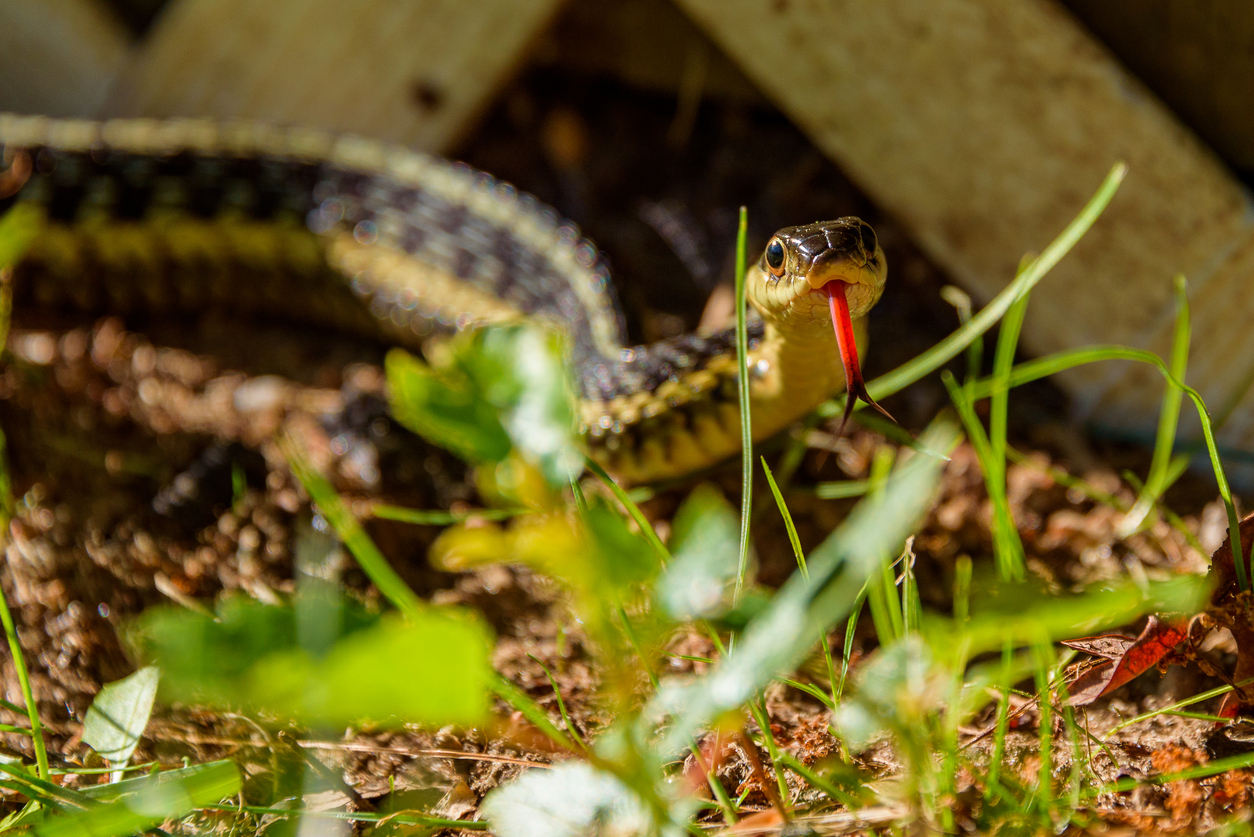
Piles of leaves or yard debris attract snakes and spiders, as they provide cover and often host insect prey. Regularly clear these areas to reduce the chance of encounters.
6. Crawl Spaces
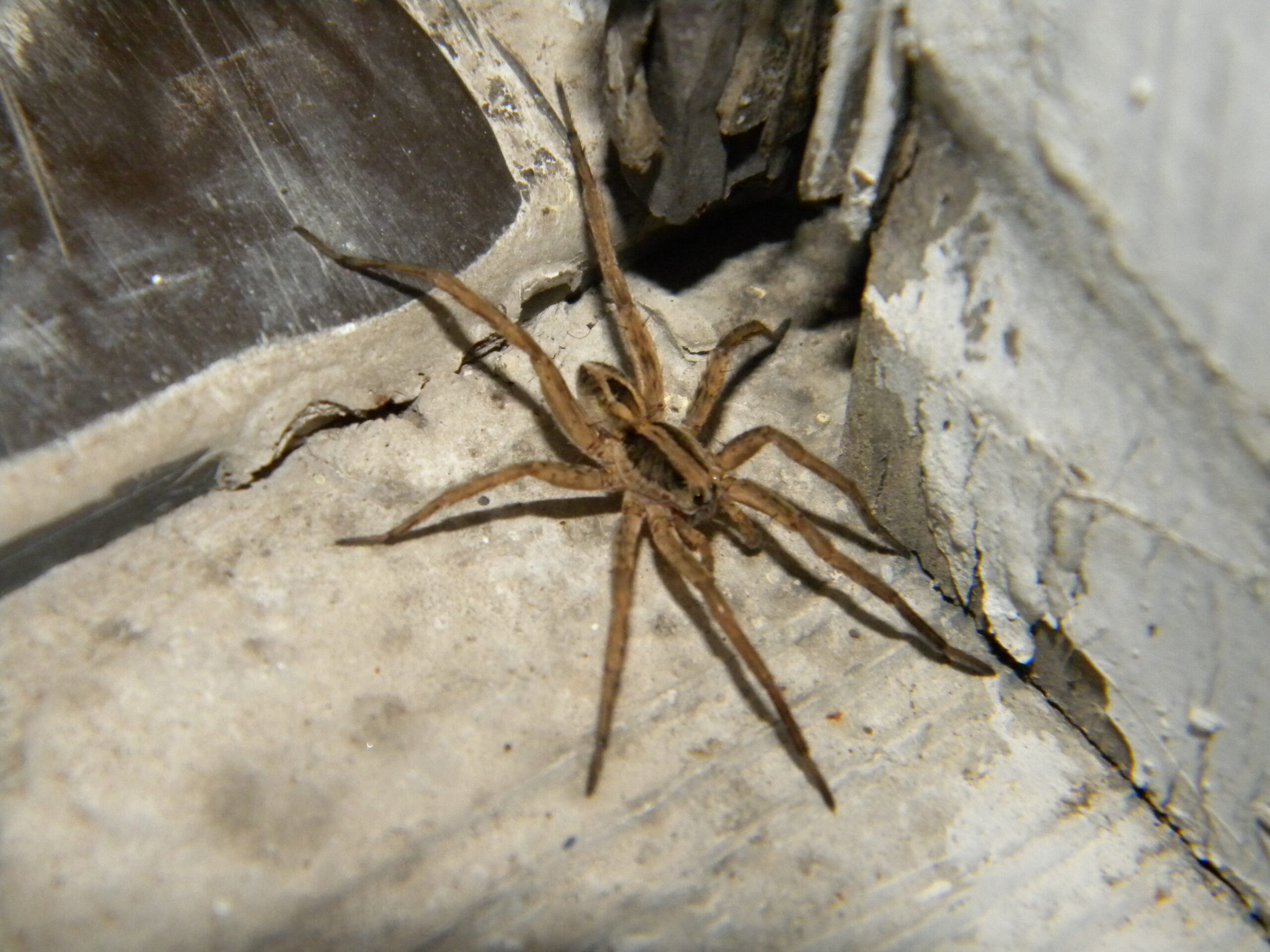
Flickr
Crawl spaces beneath homes offer the perfect dark and undisturbed environment for snakes and spiders. Black Widows often create webs near openings, while snakes might find shelter during the day.
7. Flower Pots or Planters
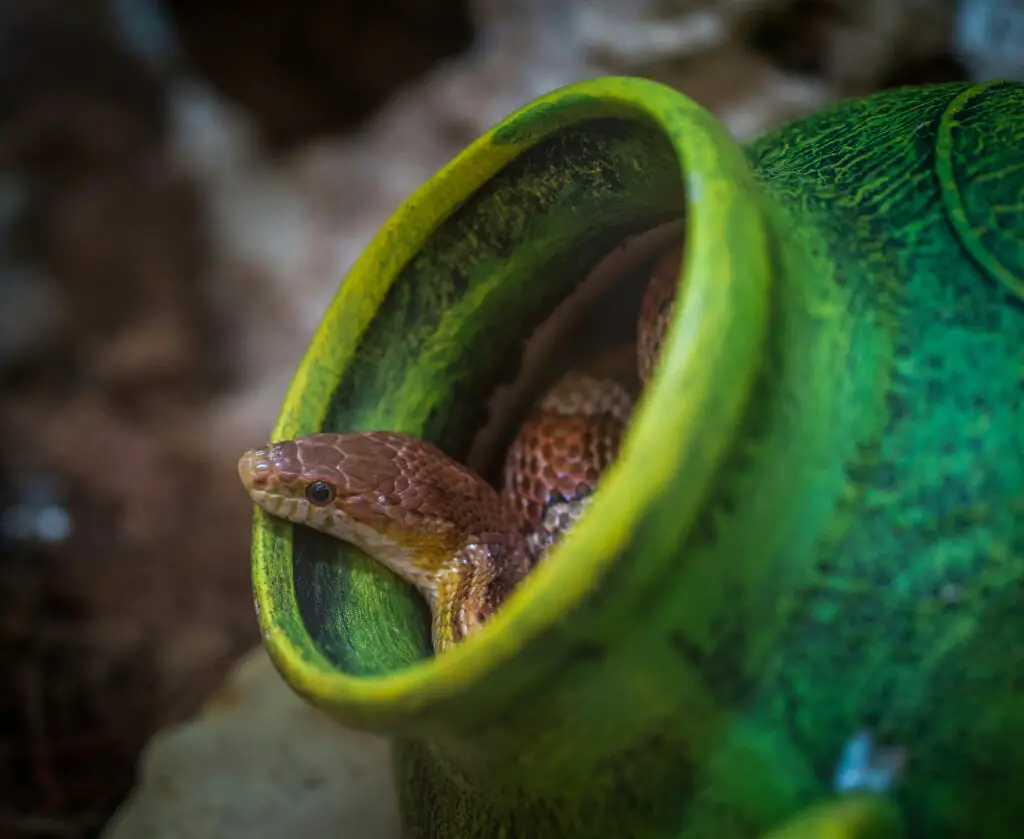
Pexels
Snakes may hide beneath large planters or overturned pots, while spiders, including Black Widows, might spin webs inside pots or under their rims. Lift pots cautiously, especially in warmer climates.
8. Storage Boxes in Garages or Sheds
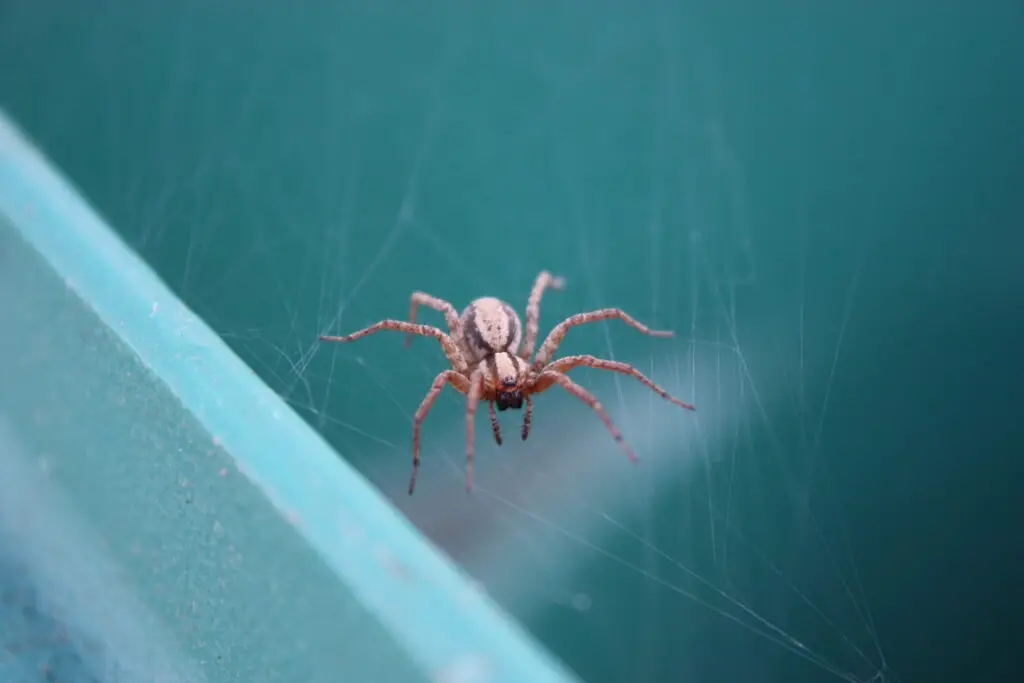
Cardboard boxes provide hiding spots for venomous spiders, while snakes might rest near items stored close to the ground. Use sealed plastic bins instead of cardboard to make storage less inviting for pests.
9. Compost Bins or Mulch Piles

Compost and mulch piles are warm and damp, attracting spiders and even snakes if rodents are nearby. Always use tools to turn compost or spread mulch, avoiding direct contact.
10. Under Outdoor Furniture or Equipment
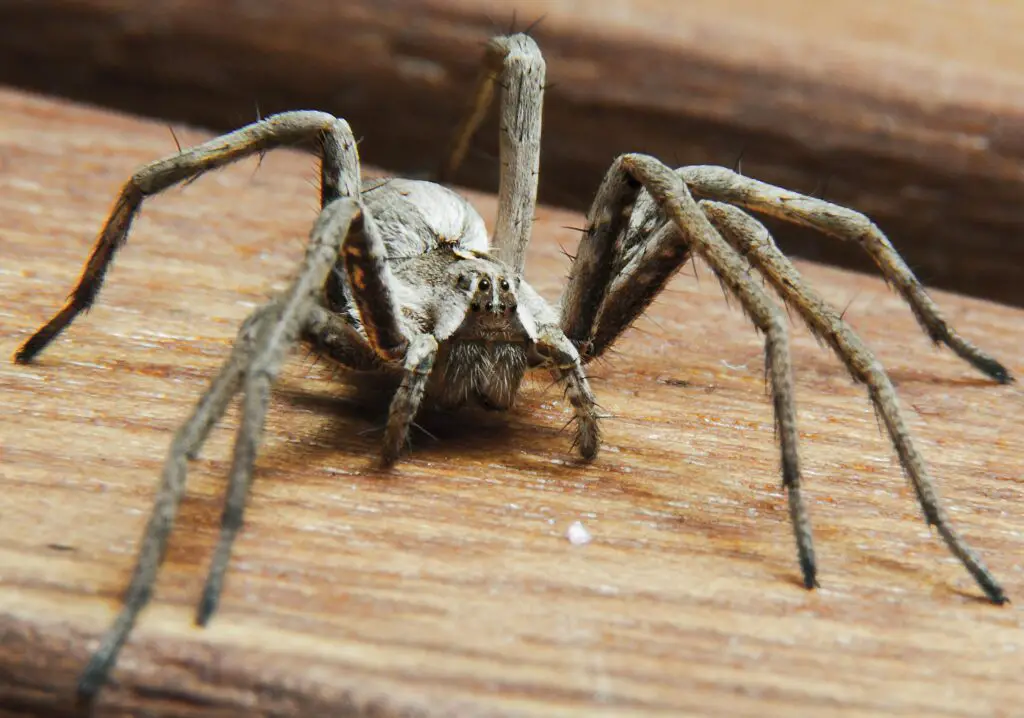
Flickr
Patio furniture, grills, or play equipment are common hiding spots for snakes and spiders. These areas are often undisturbed and shaded, making them ideal for creatures seeking shelter.
11. Garden Beds
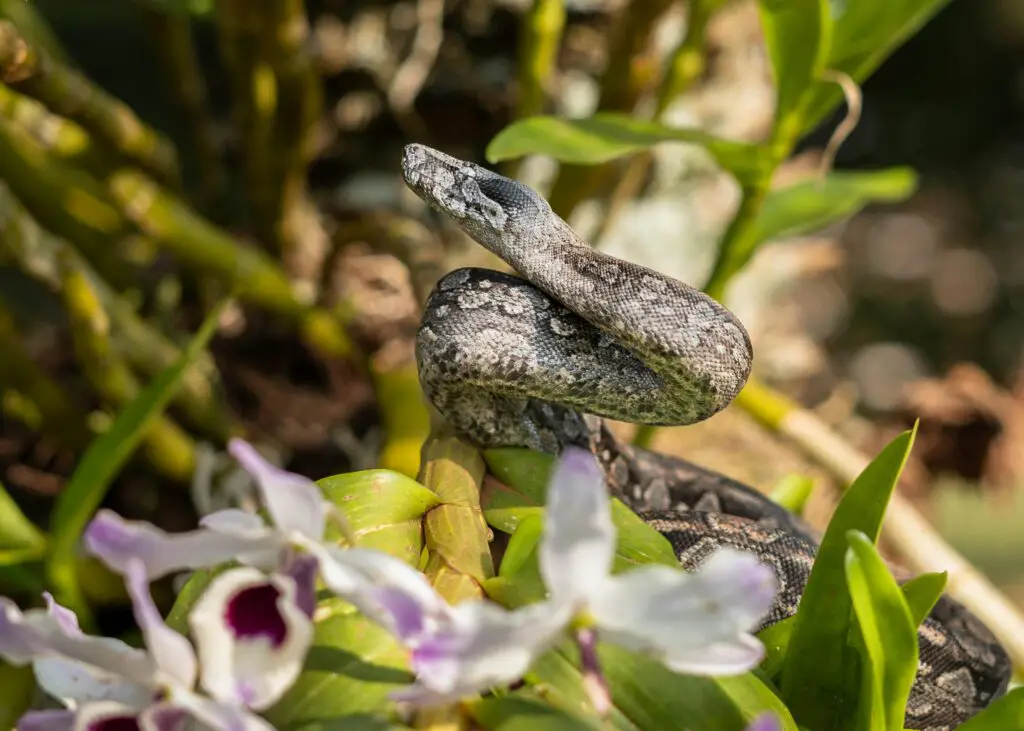
Snakes sometimes rest in garden beds while hunting for prey. Spiders like Orb-Weavers and Wolf Spiders spin webs or burrow near dense plants. Wear gloves when tending to gardens.
12. Pools, Pool Filters or Pump Equipment
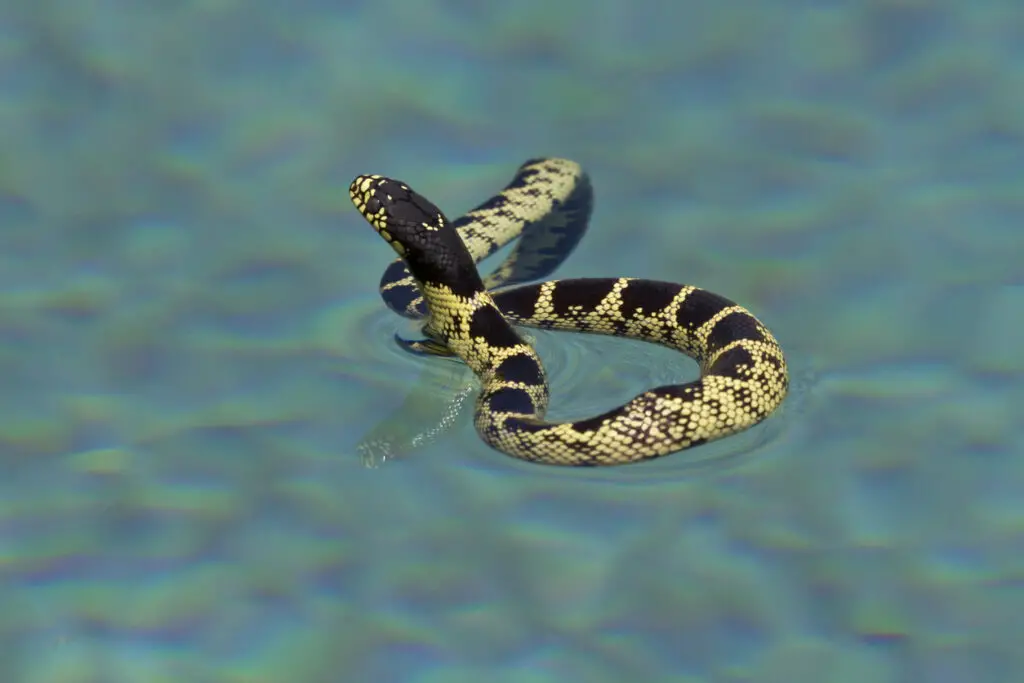
The cool, moist environment around pool filters and pumps attracts both snakes and spiders. Always inspect these areas carefully before reaching into equipment or cleaning filters.
13. Bunches of Bananas or Imported Produce

Dangerous spiders, like the Brazilian Wandering Spider, are occasionally found in imported bananas and other fruits. While rare, this spider is highly venomous and hides easily in tight spaces. Always inspect produce thoroughly before bringing it into your home, and wash fruits and vegetables to ensure no surprises.
14. Grocery Bags, Shipping Boxes, and Packages
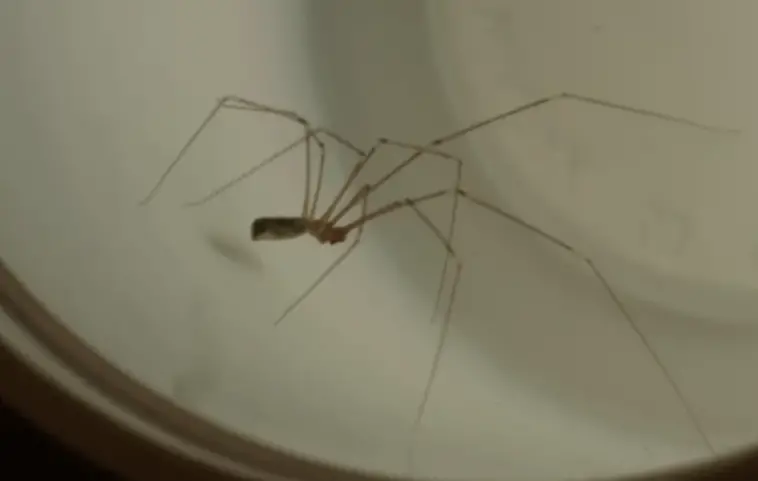
Spiders and even small snakes can hitch a ride inside grocery bags, shipping boxes, or packages left outdoors. Black Widows have been known to hide in folded bags, while small snakes may crawl into items left on porches. Always check containers and bags carefully before bringing them inside.
Conclusion: Protect Your Home from Hidden Dangers
While encounters with snakes and venomous spiders are relatively rare, staying vigilant around these hiding spots can prevent unwelcome surprises. Regular maintenance, such as clearing debris, sealing gaps, and inspecting items brought into your home, goes a long way in keeping these creatures at bay. If you discover a snake or dangerous spider in or near your home, avoid handling it yourself. Call a professional wildlife removal service to ensure safe relocation. By taking precautions, you can enjoy your living spaces with peace of mind—and without uninvited guests!


